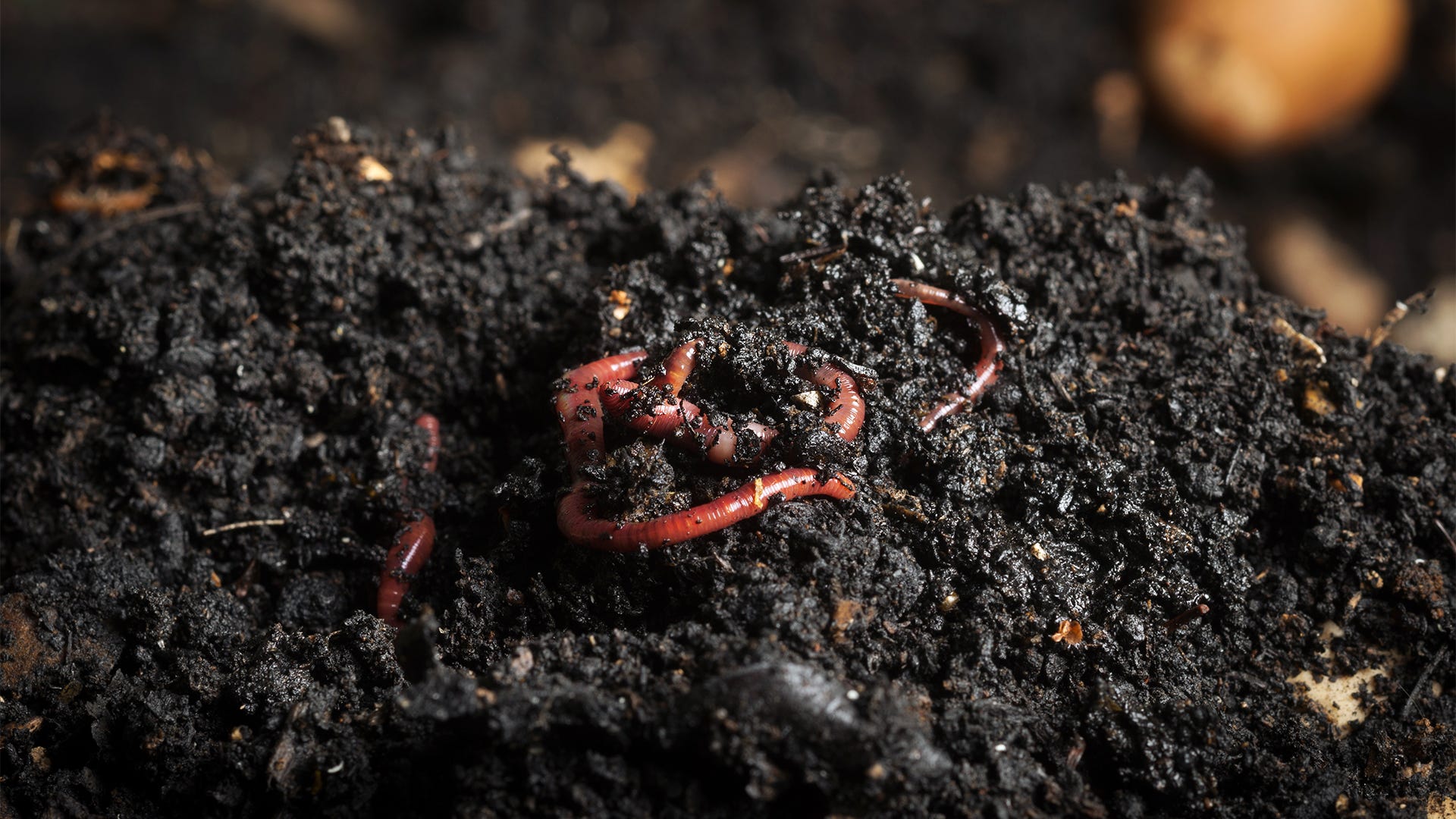Red worms: For sustainable soil care
Red worms: For sustainable soil care
Blog Article
Red Wigglers: Your Eco-Friendly Service for a Greener Yard
Red wigglers, or Eisenia fetida, present a sustainable approach to enhancing garden health through vermicomposting. By integrating red wigglers right into your horticulture practices, you can efficiently take care of waste while supporting a dynamic ecosystem.
(Lake Rhodhiss Bait)
What Are Red Wigglers?
Although frequently mistaken for normal earthworms, red wigglers (Eisenia fetida) are a distinctive types understood for their efficiency in composting natural issue. These worms thrive in abundant, organic settings, such as compost heap and vermicomposting systems, where they play a critical function in damaging down waste. Unlike their even more usual equivalents, red wigglers favor a warmer environment, normally between 55 ° F and 77 ° F, which maximizes their task and productivity.
Red wigglers are identified by their reddish-brown pigmentation and segmented bodies, which can mature to four inches in size. They possess a special capability to eat and digest natural materials at an impressive price, refining up to half their body weight daily. This fast decomposition process not just improves the soil yet additionally contributes to the total wellness of the garden ecosystem.
In regards to recreation, red wigglers are respected, with the ability of generating cocoons that consist of several eggs. This permits fast population development, making them an ideal option for composting undertakings. Their versatility and ravenous cravings for organic waste placement red wigglers as a necessary ally for ecologically conscious garden enthusiasts seeking lasting methods.
Benefits of Making Use Of Red Wigglers
Using red wigglers in the yard provides many benefits that enhance both soil high quality and plant wellness. These earthworms are extraordinary decomposers, damaging down natural matter such as kitchen area scraps and lawn waste into nutrient-rich spreadings. These castings, often referred to as "worm gold," give essential nutrients that boost dirt fertility, advertising dynamic plant development.
Red wigglers also improve dirt structure. The presence of red wigglers increases microbial task in the soil, creating a prospering community that contributes to illness resistance and improved plant health and wellness.
Another substantial advantage of making use of red wigglers is their capability to minimize waste. In summary, integrating red wigglers into gardening practices returns considerable benefits, making them a valuable enhancement to any type of eco-conscious garden.
(NC Worm Farms)
How to Beginning Vermicomposting
To begin vermicomposting, it's vital to create a suitable atmosphere for red wigglers to thrive, as their success directly impacts the performance of the composting process. Begin by choosing a container, such as a plastic or wood bin, with appropriate drainage and air flow. A size of about 2 square feet is suitable for a home, permitting a manageable worm populace.
Following, prepare bed linens product that is wet yet not extremely damp. Shredded paper, cardboard, and coconut coir look what i found are excellent choices, giving a comfy environment while additionally acting as a carbon resource. Fill the container with 4 to 6 inches of bed linen.
After establishing the bed linen, introduce your red wigglers. A regular starting populace is about 1 pound of worms, which can consume roughly half an extra pound of food scraps daily. It is essential to include food scraps progressively, concentrating on veggie peelings, fruit waste, and coffee grounds, while preventing meat, milk, and oily foods to stop odors.
Preserving a Healthy Worm Container
When your red wigglers are worked out into their new bedding, keeping a healthy and balanced worm container ends up being paramount to guarantee ideal composting problems. Ideally, the worm bin ought to be maintained moist but not soggy; a humidity level around 60-70% is optimal.
Temperature level control is similarly necessary. Red wigglers prosper in atmospheres in between 55 ° F and 77 ° F(13 ° C to 25 ° C) Stay clear of exposing the bin to extreme temperatures; severe heat can kill the worms, while extreme cold can slow their task.
Oygenation is essential to protect against anaerobic problems, which can lead to undesirable odors and hurt the worms. Turn the bed linen gently every few weeks to advertise air flow and distribute food uniformly.
Feeding your red wigglers is another important element. Deal a balanced diet plan of cooking area scraps, avoiding citrus and spicy foods, which can be damaging to their health and wellness. By routinely keeping an eye on these variables, you can guarantee a flourishing ecosystem within your worm container.

Tips for Utilizing Worm Castings
Regularly incorporating worm spreadings right into your yard can significantly improve dirt wellness and plant growth. To properly utilize worm spreadings, start by determining the proper application price, which generally ranges from 10-20% of the complete dirt volume. This ensures ideal nutrient accessibility without frustrating your plants.
When using worm spreadings, blend them right into the leading few inches of dirt around recognized plants or integrate them right into your seed-starting mix for brand-new plants. This method promotes root growth and enhances dampness retention. In addition, consider creating a worm tea by steeping worm spreadings in water for 24-48 hours. This nutrient-rich fluid can be made use of as a foliar spray or dirt soak, supplying an instantaneous increase to your plants.

Conclusion
The usage of red wigglers in horticulture practices provides a sustainable technique to throw away management and soil enrichment. The combination of red wigglers into horticulture routines eventually supports both environmental equilibrium and farming performance. red worms.
Report this page